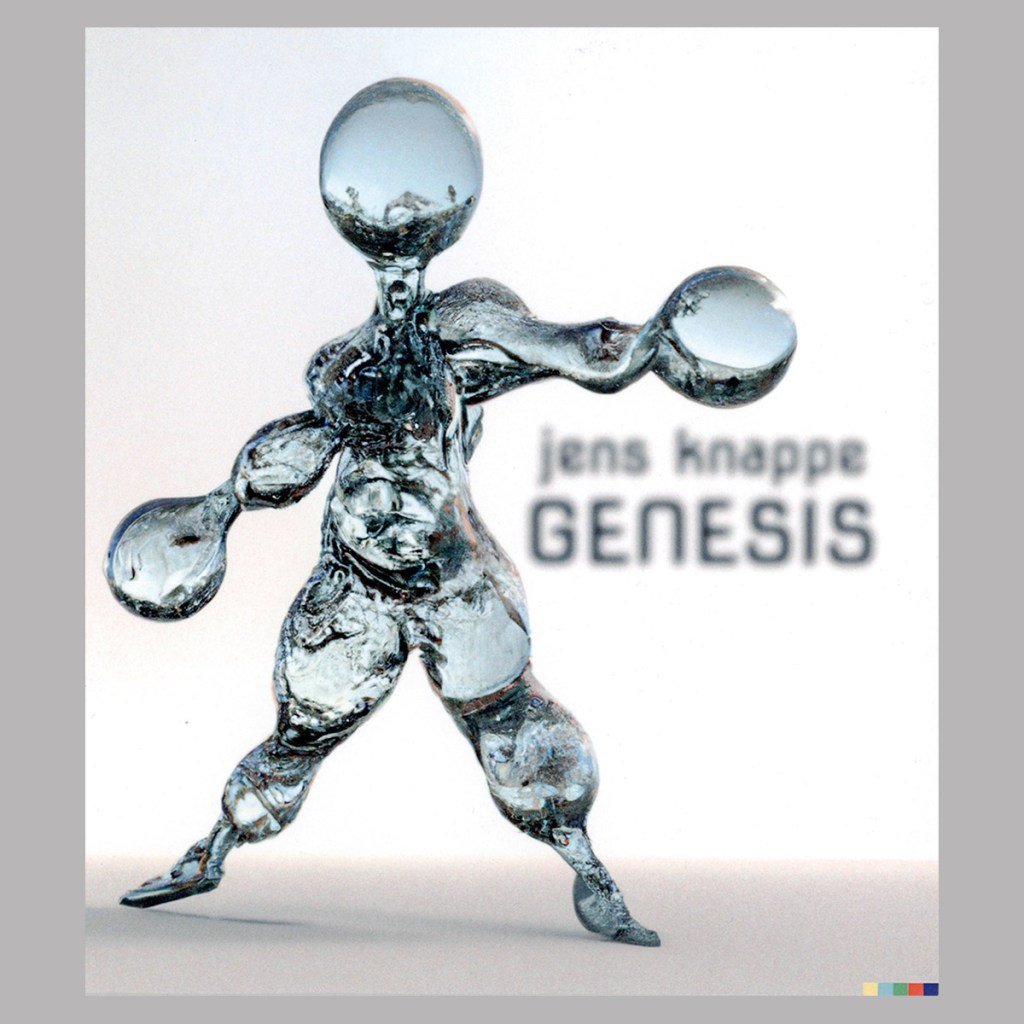
Review by Gerhard Clausing •
When we are trying to visualize ancient times or the future, we do not have access to pictures taken with cameras. At best, we have a few sculptures, drawings, and paintings dealing with the past, and nothing at all when it comes to showing us what we imagine might come next. So it is natural that our imagination will extrapolate to either the past or the future, using what we already know, to try to understand those eras. But until now we have had very limited means to visualize these journeys of our imagination, unless we could draw or paint pictures, or had vivid nightmares or hallucinations and could recall them in detail.
Lately, special helpful tools have been developed: the area known as Artificial Intelligence (AI) – a process that combines human experience and machine learning to generate new combinations, whether visual or verbal. It is particularly the inputting of verbal prompts to generate new images, based on the vast combined visual and cultural data already available on the internet, that allows us to come up with new combinations and unforeseen juxtapositions worthy of our dreams about the past and the future. We can collect these abstracted new visuals, edit them, and curate them into new assemblages that reflect our new ideas and our expanded understanding. The user, serving as a kind of prehistorian, or futurist, and art supervisor and curator, still has the obligation of verbalizing choices and selecting from the vast new output.
DALL·E 2, now offered for public use by OpenAI, is the most sophisticated currently available system that generates new photo-like images in response to user text input (i.e., verbal prompts with specific information, including desired content, style, perspective, image quality, and more), on the basis of already available integrated information from the internet or other sources. That same text-to-image system also allows editing of existing images via text input, as well as an expansion of both existing and newly created images in the same manner. This system is helpful in regard to subjects that cannot be photographed at all, imaginary situations such as folktales and theories about prehistoric times as well as ideas about the future (science and science fiction). DALL·E 2 allows us to generate images that reflect our imagination about the ancient past as well as about what may come our way in the future.
Jens Knappe, who has a computer-supported photo agency in Berlin as well as other experience in self-enhancing machine-support systems, was lucky to be one of the early experimental testers of DALL·E 2 earlier this year. Being a person who is well familiar with computer-supported endeavors, he immediately understood that this was “a milestone of epochal proportions,” best suited for visualizing a subject involving an extensive journey of the imagination, and dealing with ideas that mostly cannot be photographed in the real world. Thus he chose the creation and creativity of our universe, both past and future, as the subject to be imagined and imaged. The result is this wonderful photo book, the first of its kind to be based on such complex ideas serving as input to a machine-based compendium of human experience, with new images as the output which result in a very comprehensive visualization. His subtitle is A Creation Story in Collaboration with an Artificial Intelligence.
To look at such images of creation, made possible by machine-supported, often surprising recombinations, is a moving and overwhelming experience for the viewer. What would the ancient past have looked like if there had been cameras to take pictures? What will future generations see when they record innovations that are yet to come? Knappe presents us with nearly 600 images in collage-like arrangements to stimulate our curiosity. That layout creates many mysterious moods through effective groupings, though some of the images would have also been stunning by themselves on a full page. These photo-like images certainly look like photographs; some could be upscaled to be exhibited in galleries as prints, similar to images previously considered “art.” Others are in the realm of photodocumentary representations, even though what is depicted is not a true document, but rather a journey of human imagination, myths, and theories, facilitated by increasingly clever machines.
The images have an ethereal, other-worldly feel to them, since we can sense that they are depicting imagined realities. Upheavals our ancestors must have faced are as appealingly shown as the imagined inhabitants and other creatures. The myths and secrets of the past and the future are convincingly illustrated with what looks like photographic representations. Knappe also presents a very thorough discussion of the history and methods of AI and its applications to imaging, as well as some comments on implications for the creation of images in the future. He also discusses the history and ramifications of DALL·E 2, including concerns and predictions about our changing technical landscape, and appends a very useful glossary of terms.
As further improvements are made, text input as a technique for creating and editing images will take its place in our arsenal of tools. One has to work with the purposes of the developers to pinpoint one’s results. The task of curating the unlimited output of such a system is also a formidable task. I should also note that this book, published in October of this year, was instantly available as an eBook, as well as in the form of high-quality printing via the print-on-demand process (my copy was printed in Las Vegas). Let us hope that all products deriving their origins this way will be as creative and interesting as Jens Knappe’s Genesis. Those of you who are interested in the rapid progress of AI-generated images might like to look at my two previous reviews on that subject: Portraits of Imaginary People by Mike Tyka and Faces Without People by Reinhard Matz.
How society and especially the art world and our media deal with this method of creating visualizations is under discussion and requires some measure of responsibility, but no one can deny the fascination generated by this new way of expressing our creativity. Photoshop 2023 (Version 24), just released, already features a number of tools supported by AI. Regarding the future, we may find verbal support input in creating and editing images a most common occurrence.
All this reminds me of a moment in Ray Bradbury’s The Martian Chronicles, where the American future settlers of Mars discover that they themselves are the ‘Martians.’ In the same way, we may discover that our text-based machine-supported images may reflect the truths of our collective conscious and unconscious imagination surprisingly well. In time, we may consider these new types of images to be group morphs of our shared experience, and learn that they can deepen our understanding of who we were, are, and might become.
____________
Gerhard Clausing, PBJ Associate Editor, is an author and photographer from Southern California.
____________
Jens Knappe – Genesis
Author/Curator: Jens Knappe (lives and works in Berlin, Germany)
Publisher: Gamut-Verlag, Berlin, Germany; © 2022
Texts: Jens Knappe
Languages: German and English (US edition, reviewed here, is in English only)
Softcover, illustrated, perfect-bound; 132 pages, paginated, with 594 images; 21.6 x 21.6 cm / 8.5 x 8.5 inches; ISBN 978-3-940948-37-3
Photobook Designer: doppelplus Berlin
____________

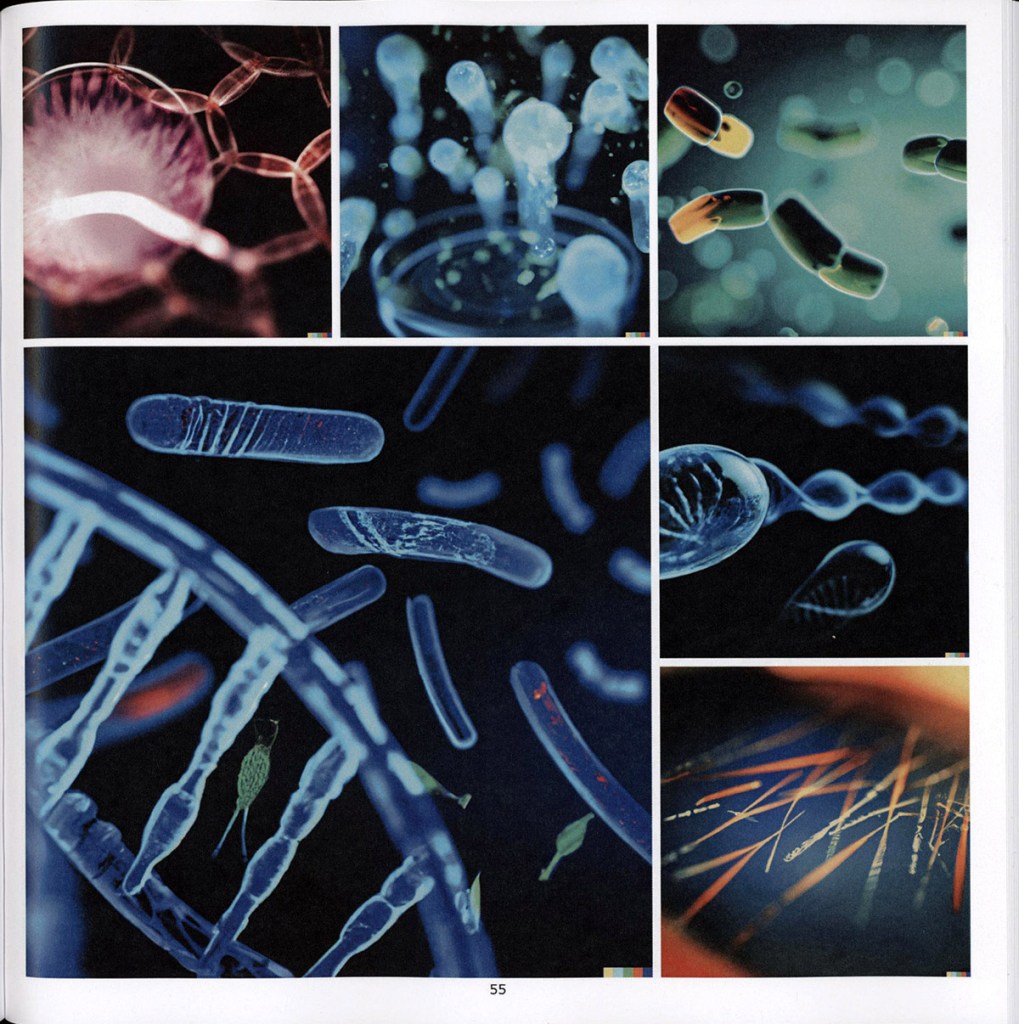
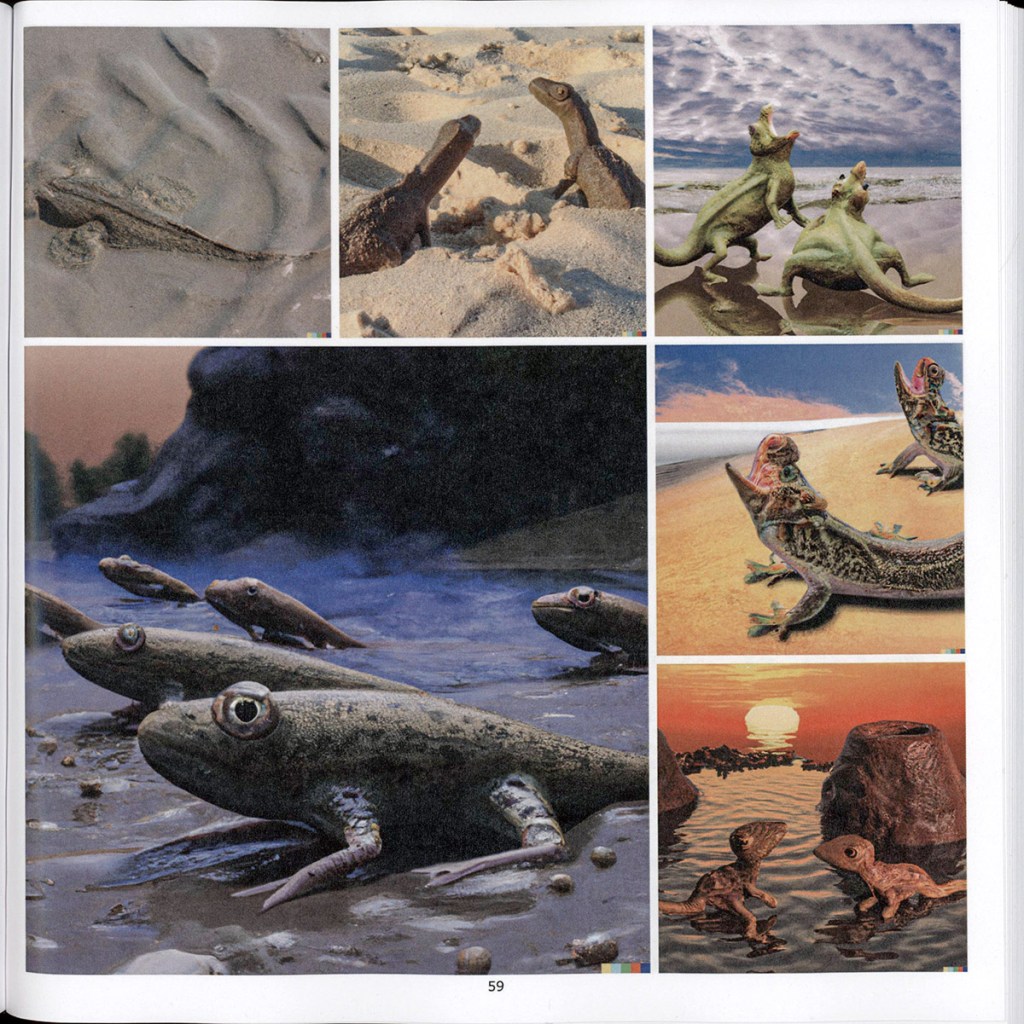
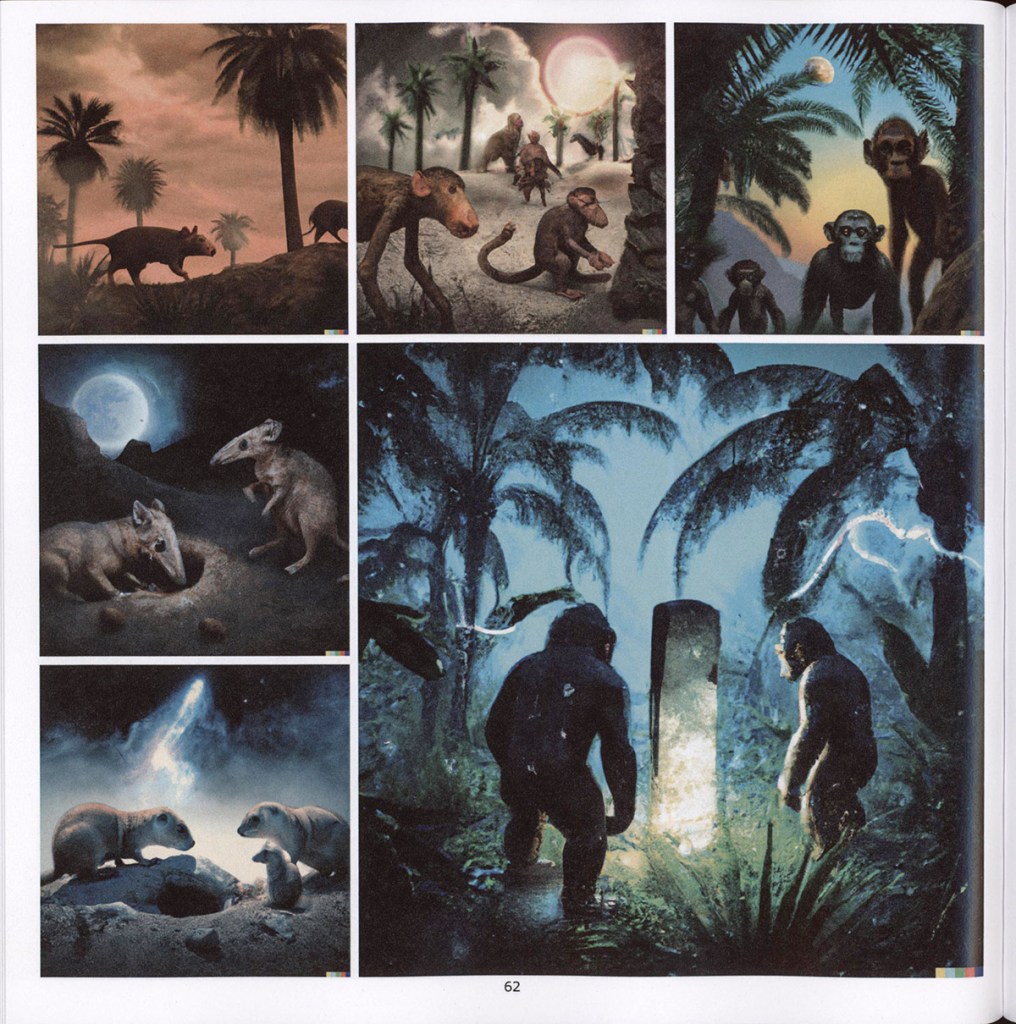
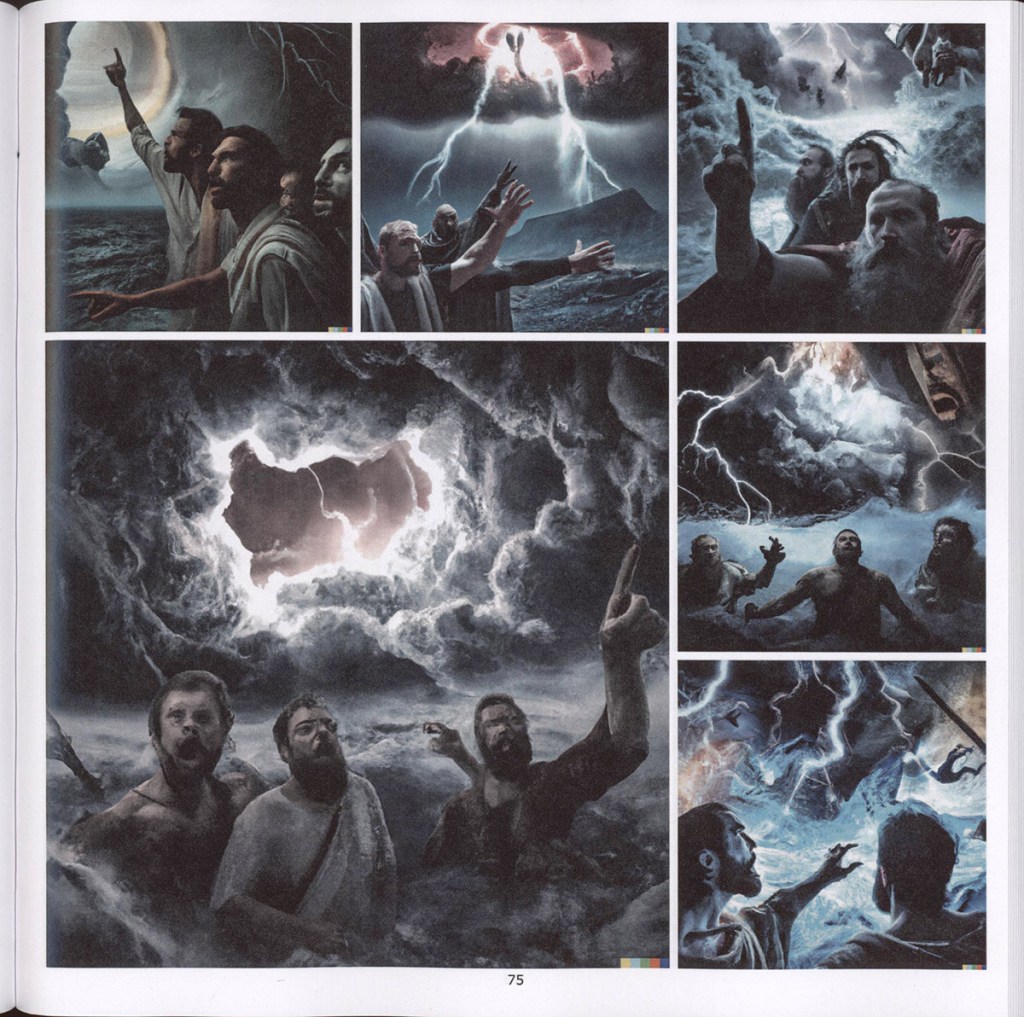
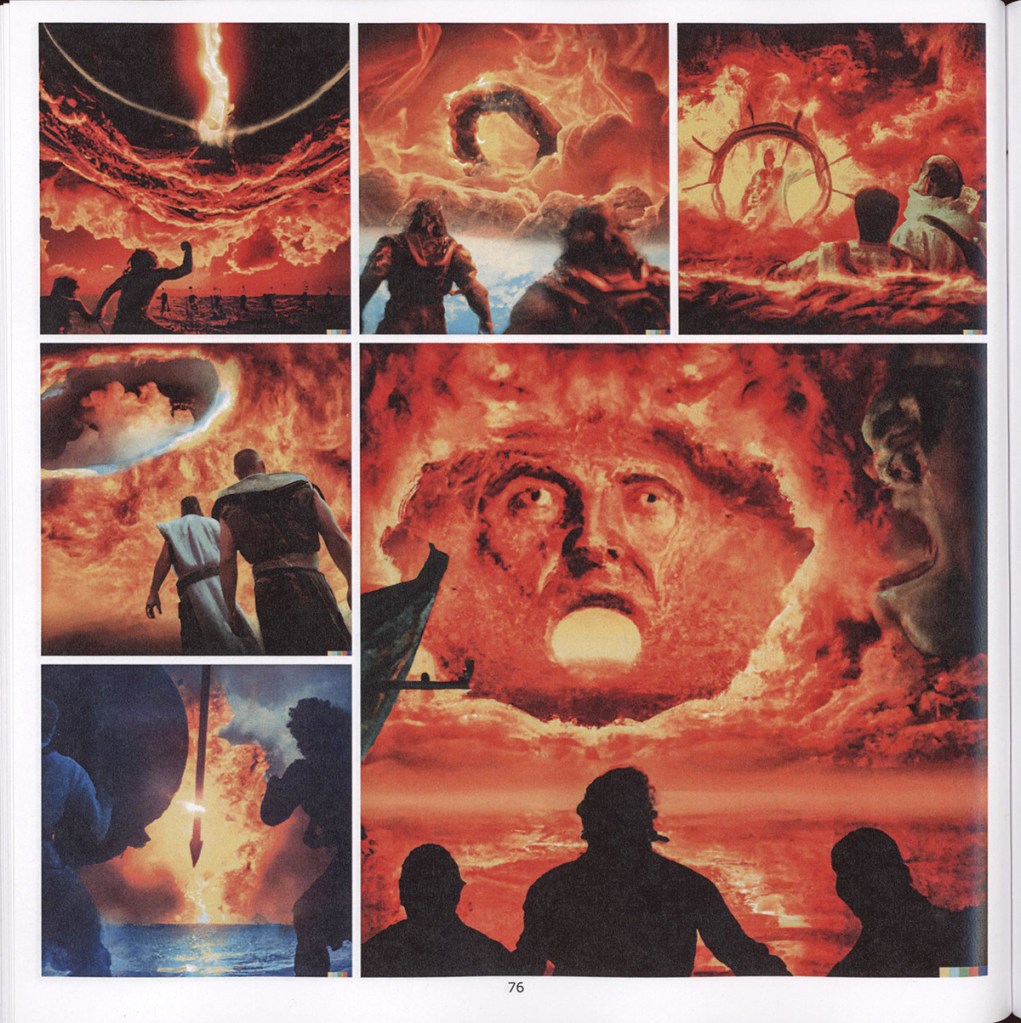

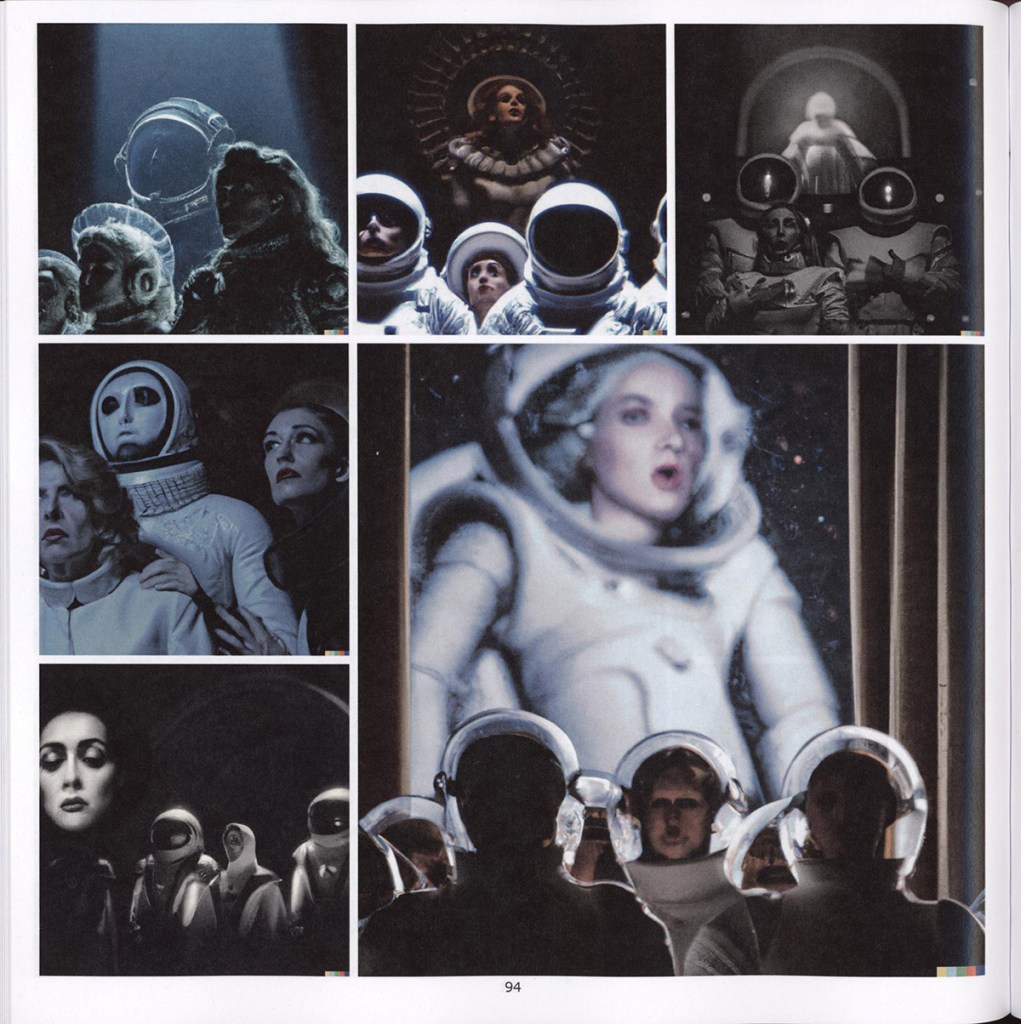
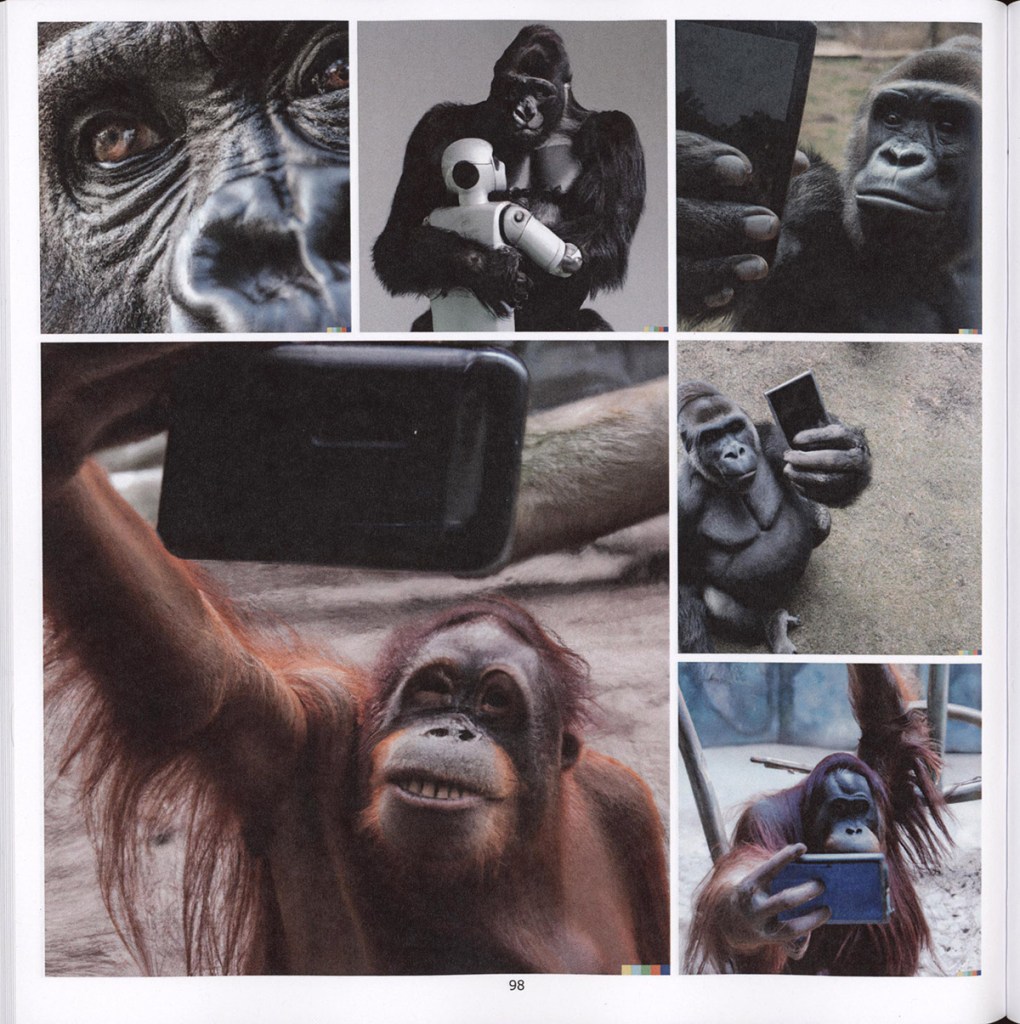
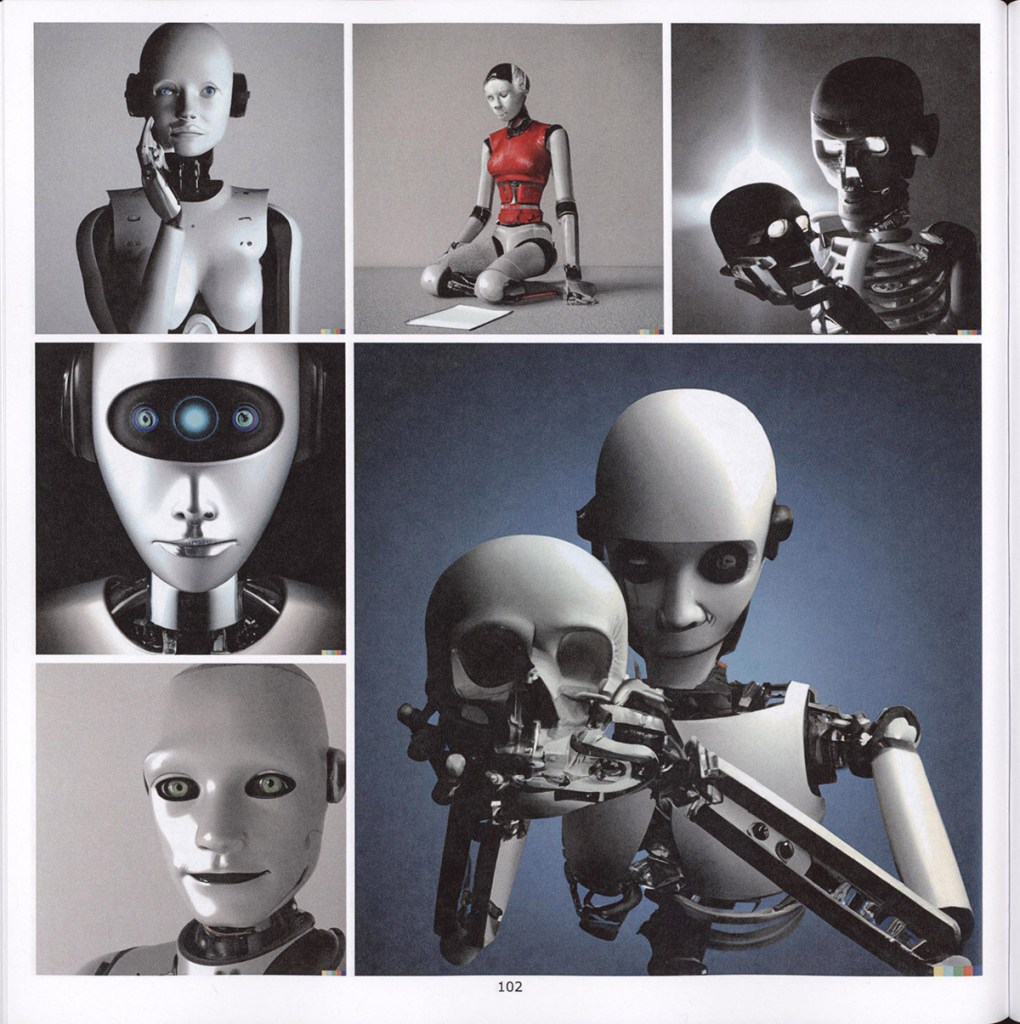
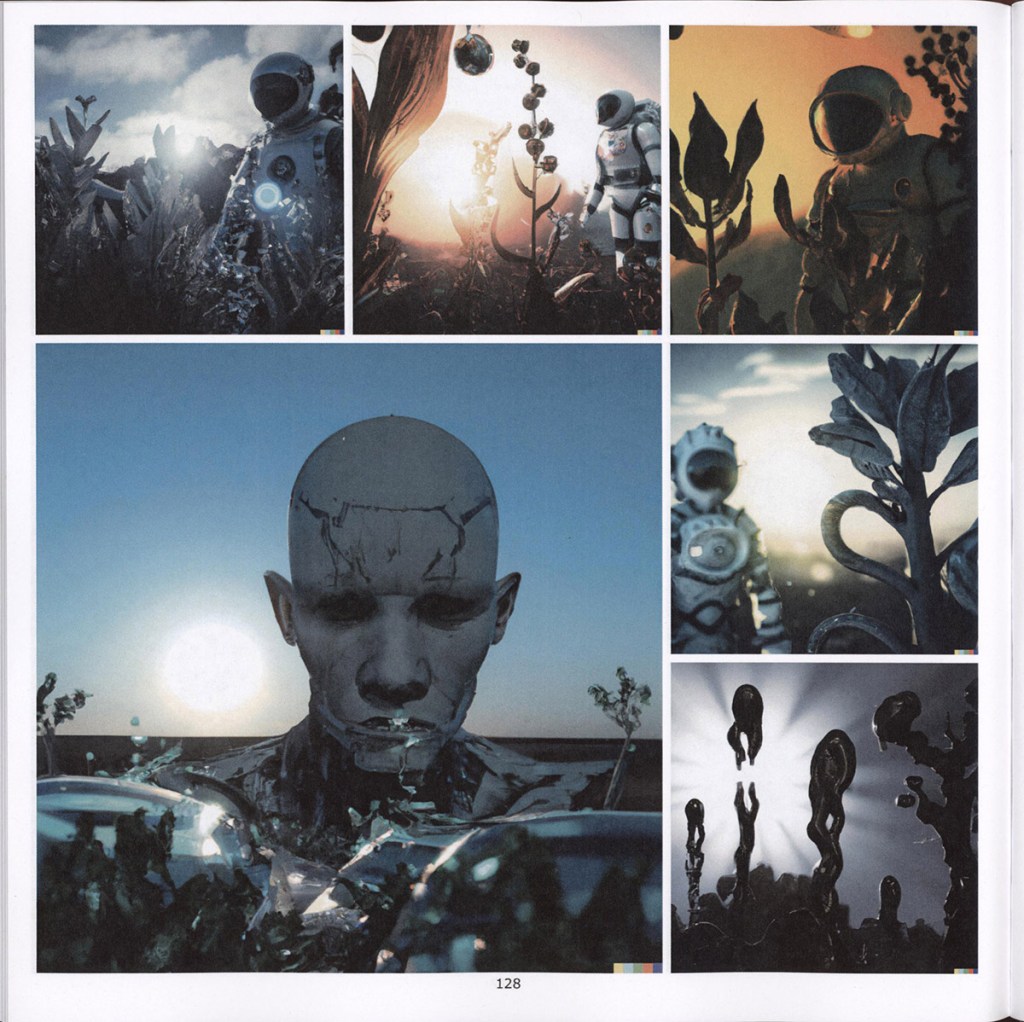
Articles and photographs published in the PhotoBook Journal may not be reproduced without the permission of the PhotoBook Journal staff and the photographer(s). The images and designs are under copyright by the authors and publishers.
Leave a comment